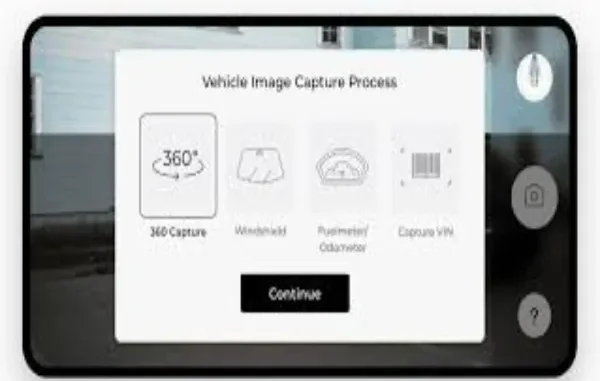

Car crashes can be emotionally traumatizing experiences. Even so, you’ll need to gather your composure in the aftermath to put together materials to file a claim. And you’ll need to be aware that an AI-driven system will be evaluating your claim for the insurance company. AI-powered systems use digital information and computer vision to make faster assessments and payouts. While this can result in a quicker process, it means you’ll need to pay closer attention to documentation details to paint a clearer picture of what happened.
Stay with us as we review how to document a car crash to help AI tools and human insurance adjusters arrive at a fair decision.
Focus on Safety
While you might want to start snapping photos and exchanging insurance details right after a crash, don’t take those steps quite yet. Instead, focus on ensuring that you and any passengers in your car are safe. Look for evidence of injuries and reach out to emergency medical providers if you see significant problems or damage. It’s always best to err on the side of caution first. Additionally, move to the side of the road so there’s no risk of additional cars causing injuries. Nighttime drivers may not be able to see damaged vehicles or injured riders on the road.
Take Lots of Pictures
It’s in your best interest to document the accident scene thoroughly. And your images need to be crisp and clear because AI-powered computer vision will be looking at them. That means you should take lots of pictures to show the scope of the accident and the conditions that may have caused it. Use wide shots to capture the entire scene, including any streetlights or signage that could have played a role. And don’t use any filters or color correction tools to alter the images, either.
Capture detail shots of damage to any vehicles, both on the inside and exterior. Take photos that reveal the road conditions and any weather issues, like snow drifts or ice. Document important information like VIN labels, insurance details, and license plates for any car connected to the accident. And don’t forget to take clear pictures of your injuries. At the same time, ensure that timestamp functions are operational on your phone or camera, as you’ll need them during the AI assessment process.
Get Dashcam or EDR Content
Does your car have a dashcam? Make sure to retrieve the footage immediately and back it up. You might have only a few days to do this before the dashcam automatically covers old footage. Check to see that the footage is timestamped, as well.
And if your car was made after 2014, it should have an Event Data Recorder (EDR). This small device will have pre-crash, crash, and post-crash data related to your speed and brake force at the time of the accident. It can also track seatbelt use, airbag deployment, and other details that could help. The skilled attorneys at DM Injury Law can help you use this information effectively to build your case.
Gather Health and Repair Records
When you’re gathering documents after a crash, don’t forget to collect both digital and physical copies of all medical records and repair invoices. That means gathering doctor notes, visit reports, imaging details, and bills for medical attention. AI-powered insurance systems will use OCR (optical character recognition) to verify all information when you submit it.
Likewise, with vehicle repair bills, plan on gathering all estimates and invoices. You should be able to see a breakdown of information, including the cost for parts and labor at a given shop. The more details, the better. AI systems at insurance companies can generate more accurate estimates for costs when they’re able to read the scope of damage.
Preparing for AI-Powered Insurance Systems
Understandably, insurance companies want to speed up the claims process when dealing with car accidents. But as the individual involved in the accident, that means you’ll need to be even more diligent about collecting detailed and clear information to support your case. Focus on gathering timestamped photographs, dashcam footage, and EDR data. Make a file of all vehicle repairs and health-related reports that connect to the accident.
With a more complete insurance claim submission, you’ll help AI-powered machines and insurance adjusters navigate the process more easily and accurately. And, as a result, you may get the financial help you need more quickly.
Leave a Reply